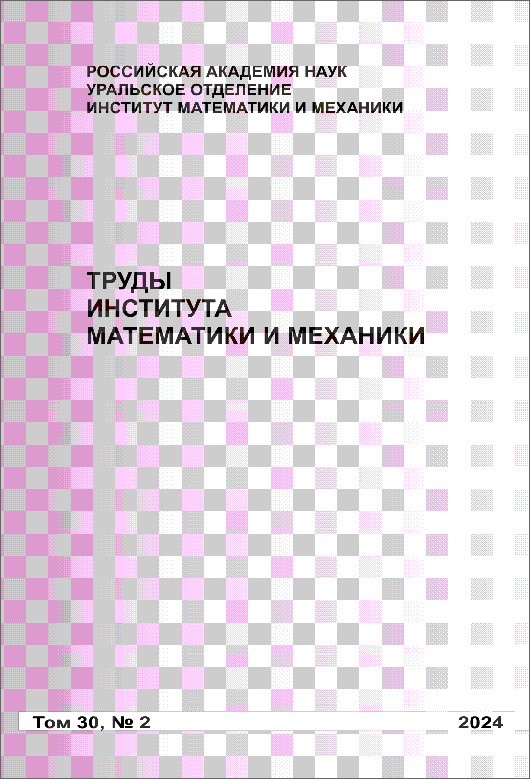|
|
Trudy Instituta Matematiki i Mekhaniki UrO RAN, 2008, Volume 14, Number 1, Pages 41–60
(Mi timm6)
|
 |
|
 |
This article is cited in 11 scientific papers (total in 11 papers)
Development of the collocations and least squares method
V. I. Isaev, V. P. Shapeev
Abstract:
We propose and implement new, more general versions of the method of collocations and least squares (the CLS method) and, for a system of linear algebraic equations, an orthogonal method for accelerating the convergence of an iterative solution. The use of the latter method and the proper choice of values of control parameters, based on the results of investigating the dependence of the properties of the CLS method on these parameters, as well as some other improvements of the CLS method suggested in this paper, allow one to solve numerically problems for Navier–Stokes equations in a reasonable time using a single-processor computer even for grids as large as $1280\times1280$. In this case, the total number of unknown variables is $\sim25\cdot106$. The numerical results for the problem of the lid-driven cavity flow of a viscous fluid are in good agreement with known results of other authors, including those obtained by means of schemes of higher approximation order with a small artificial viscosity. This and some other facts prove that the new versions of the CLS method make it possible to obtain an approximate solution with high accuracy.
Received: 05.11.2007
Citation:
V. I. Isaev, V. P. Shapeev, “Development of the collocations and least squares method”, Trudy Inst. Mat. i Mekh. UrO RAN, 14, no. 1, 2008, 41–60; Proc. Steklov Inst. Math. (Suppl.), 261, suppl. 1 (2008), S87–S106
Linking options:
https://www.mathnet.ru/eng/timm6 https://www.mathnet.ru/eng/timm/v14/i1/p41
|

| Statistics & downloads: |
| Abstract page: | 913 | | Full-text PDF : | 819 | | References: | 86 |
|




 Contact us:
Contact us: Terms of Use
Terms of Use
 Registration to the website
Registration to the website Logotypes
Logotypes









 Citation in format
Citation in format 
